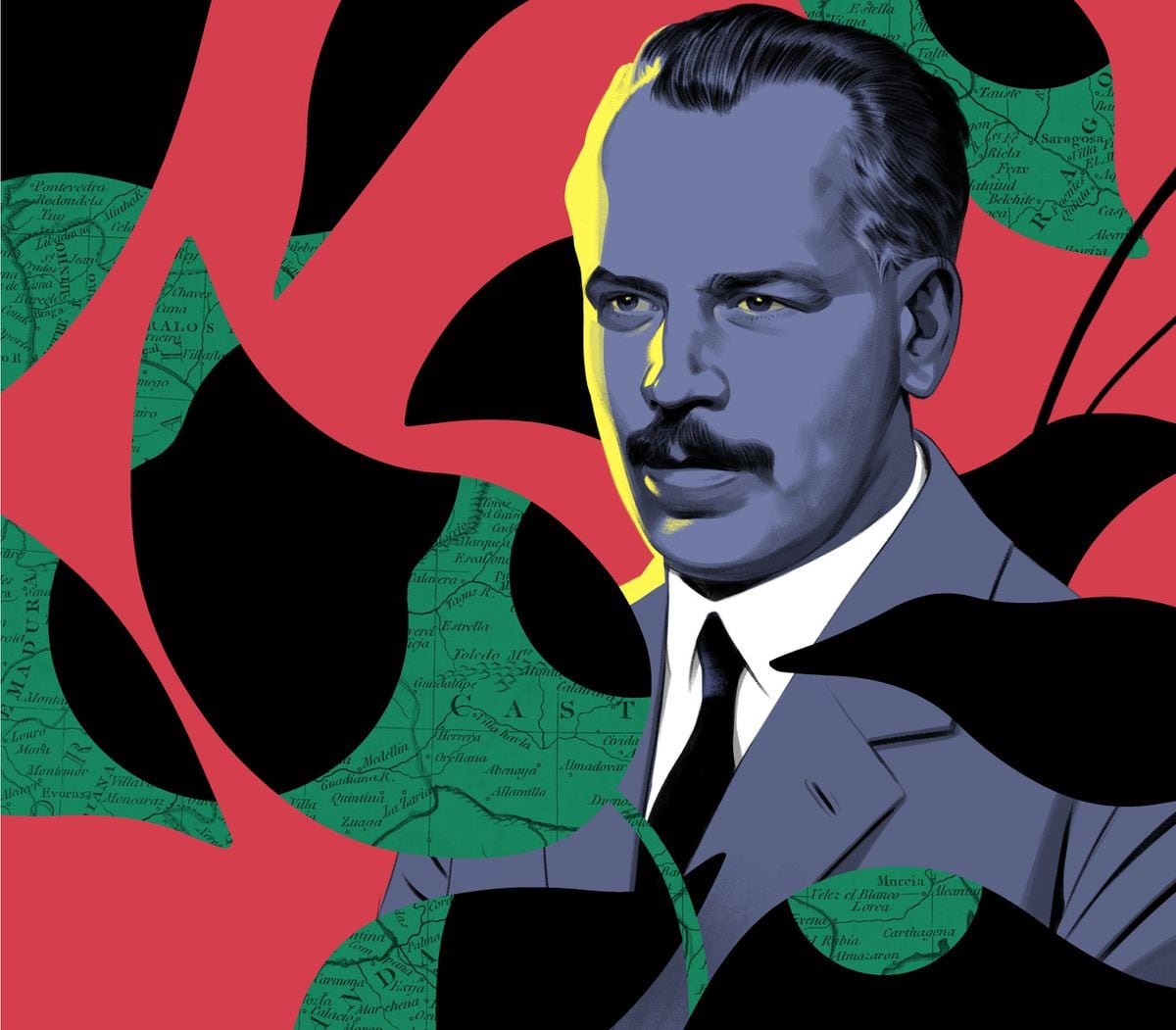The Russian Nikolai Vavílov is one of the fathers of the botany of cultivated species.
He studied Agronomy in Moscow, and then worked with the creator of the term genetics, the Englishman William Bateson.
His greatest contribution to science is due to his tireless work of collecting varieties of species cultivated in all corners of the world and creating the first germplasm banks (material from which a plant can be regenerated, it is not necessarily a seed).
Thanks to his travels and his work cataloging these cultivated species, Vavilov postulated the theory of centers of origin, according to which, the older the use of a crop in a certain place, the more applications it would have and the greater the diversity of varieties. they were going to find there.
Although there are exceptions, these simple rules have served to establish the origin of most of the crops we use today and relate them to the wild plants from which they come.
In 1962, almost 20 years after his death, diaries of his travels around the world were published.
And it was not until 2015 that the Libros del Jata publishing house published a translation into Spanish.
In them he dedicates a fun chapter to his experience in Spain.
In it, Vavilov recalls his visit to our country in 1927, in the middle of the Primo de Rivera dictatorship, using his passport from the Soviet Union as safe conduct, which, he claimed, made most of the officials uncomfortable, who inspected him for his striking appearance. red color and the hammer and sickle.
In Madrid he established contact with Professor Bolívar, director of the Museum of Natural History, and the botanist Crespí, who decided to accompany them on their collecting trip.
The idea was to visit all the regions of Spain, in a radial way, based in Madrid.
After two months of intense work collecting varieties, they discovered that since they had crossed the border there were two officials from the Ministry of the Interior following them to confirm that they were not Soviet spies.
The problem is that their work pace was exhausting and the poor could not cope, so they suggested that they notify them in advance of the cities they were going to visit and that they would make the reports, as if they were actually still doing surveillance.
Their deal broke down when he realized that the two officials were more interested in staying in central hotels, in big cities, and living the good life.
In the comments written in his diary he makes an accurate diagnosis of the problems of agriculture in Spain at the time, such as the unequal distribution of land, the lack of modernization and the recurring droughts.
He is quite prescient when pointing out that this unequal distribution and the poverty associated with the countryside were going to create serious social tensions in the future...
But his job was to gather cultivated varieties.
And Spain did not disappoint him.
In Galicia he collected afreita, a type of wild oat;
in Castilla, carraón wheat, and spelt and einkorn in Asturias.
He was struck by the way these last two cereals were harvested with ropes, a way that years later he saw again in a village in Georgia.
In Pamplona, the then head of the Plant Improvement Institute of the Provincial Council of Navarra, Apolinar Azanza, offered to act as his guide, but in a very limited way, since he was recovering from a broken leg.
In return, when he returned to Leningrad he found a shipment with all the einkorn samples from Navarra, with a map showing their location.
A great friendship began between the two botanists that continued in an epistolary manner for many years.
He also had access to the collections assembled by the botanists Lagasca and Cavanilles, so, from a scientific point of view, the trip was a success for his species collection work.
However, his memory was not infallible.
From his visit to the Prado Museum he attributes Berruguete's “auto de fe” to Goya and places the scene in Valladolid.
He also confuses the date of the May 2 shootings.
He then locates the Altamira cave in Asturias and points out the presence of a human figure collecting wild honey, a painting that is actually found in the Araña cave, in Bicorp (Valencia).
Luckily, he was much more efficient at recognizing ancient crops, since thanks to his work and his discoveries today we have many varieties of cereals that continue to be planted around the world.
Ideal for history
—Vavilov was a convinced communist.
In León he was invited to give a lecture on Soviet science that had to be suspended when the police showed up.
However, he did not let his ideals get in the way of his scientific work.
He dared to openly criticize Trofim Lysenko, an agronomist close to Stalin who denied the existence of Mendel's laws of genetics and Darwinian evolution, which he called capitalist.
This criticism of the strongman of Stalinist agriculture led to him ending his days in a Gulag as a political prisoner, where he died due to malnutrition.
The paradox is that thanks to his work today millions of people eat, but he died of hunger.
Subscribe to continue reading
Read without limits
Keep reading
I am already a subscriber
_

